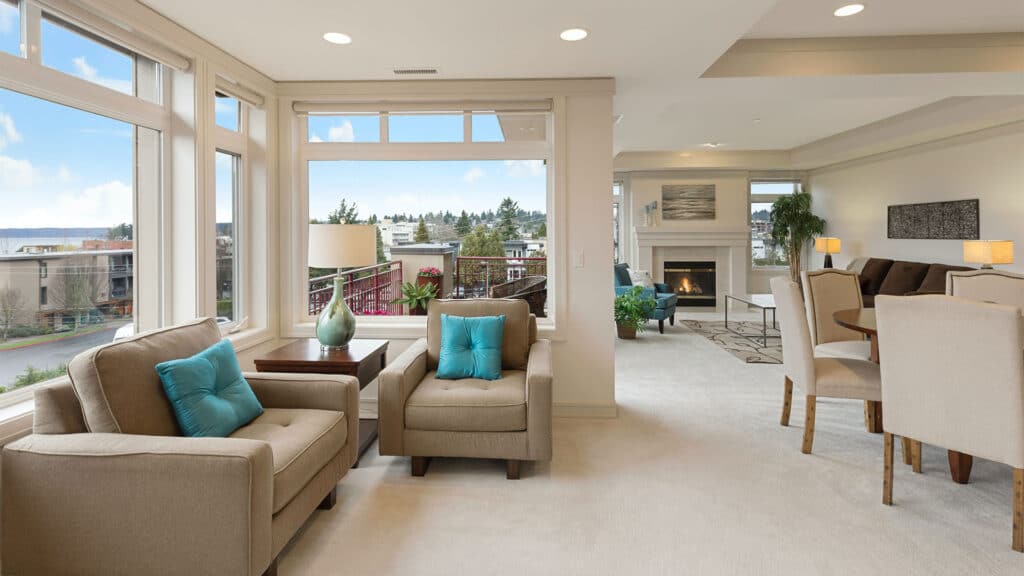The year 2025 opened under the sign of cautious optimism for the Italian real estate market. After a 2024 of settling and signs of recovery, the first six months of the new year confirm a slow but steady movement toward stabilization, with some lights clearly visible on the horizon and some shadows that, though less dense, continue to demand attention. The overall picture that emerges is that of a market that is holding, but moving within contrasting dynamics: on the one hand, a demand that is still alive, stimulated by a more favorable environment; on the other, a supply that is struggling to keep up, conditioned by structural factors that are difficult to remove in the short term.
A market that holds, amid new pushes and old resistance
Buying and selling in the first half of 2025 grew by 0.8 percent compared to the same period last year to around 725,000 units. This is a modest but significant increase considering that it comes after years of high volatility and macroeconomic uncertainties. Driving demand is mainly the drop in mortgage interest rates, which makes buying a home more affordable, and growing interest in more energy-efficient properties. After months in which access to credit had become an obstacle, lower financing costs have put many households’ purchase intentions back on track.
However, affordability remains a critical issue. According to Fimaa surveys, one of the main obstacles to the growth of real estate transactions is the widening gap between real estate prices and households’ economic capacity. The average level of wages, coupled with rising renovation costs, still limits the ability to access the market, especially for those looking for used homes for redevelopment. The result is that the gap between new construction and used is widening: while the former are growing in values (+9.4 percent in the first four months), thanks in part to high energy standards, the latter are trudging along (+3.4 percent), penalized by greater age and increasingly high retrofit costs.
Lively demand, but increasingly selective supply
It is therefore not surprising that, in the residential landscape, quality has once again become the main discriminator. Newly built, efficient, well-located and ready-to-use homes continue to receive the most interest. In contrast, homes in need of renovation, unless supported by effective public policies or stable tax incentives, are likely to remain unsold or see their values compressed. This affirms a principle already known to those in the industry: it is not just a matter of price, but of perceived value and immediate usability.
On the price front , the trend is also confirmed to be positive. According to Tecnocasa, the first half of the year saw a small increase, ranging between 0 percent and 2 percent, depending on the areas and characteristics of the properties. Supporting the prices, once again, is mainly the shortage of supply: not so much due to a shortage of properties per se, but due to the scarcity of properties in line with the new housing needs. The mismatch between what buyers are looking for (efficient, well-distributed spaces in serviced settings) and what the market is offering remains large, leading to tensions on the prices of the most sought-after units.
Meanwhile, a number of structural trends that have been changing the face of the industry for some time are also consolidating. The first is related to new housing patterns: smaller families, greater emphasis on shared spaces, and the need for flexible environments that can be adapted to work remotely. This is reflected both in the demand for new constructions, which incorporate home automation solutions and common areas, and in the conversion of existing properties, often regenerated to meet multifunctional needs.
The second concerns the growing focus on sustainability. More and more buyers are considering energy efficiency not only as an ethical value, but as an economic criterion: living in a well-insulated, fuel-efficient home means saving money every month. As a result, properties that do not meet at least the minimum requirements are seeing their value erode, while those that exceed them rise to the top of desirability rankings.
Leasing: a market still under pressure
Finally, interest remains strong in the rental market, where rents, especially in large cities, continue to rise. They are estimated to rise between 4 percent and 6 percent in the first six months of the year, driven by sustained demand (especially among students, young workers and professionals in transit) and a supply that remains limited. Against this backdrop, property quality once again proves central: those who invest in well-appointed, efficient apartments in good locations can count on solid returns and fast occupancy times.
Looking to the near future, the outlook remains cautious but positive. Much will depend on the resilience of the overall economy, the evolution of inflation, and the stability of the political environment. If these elements remain at favorable levels, the second half of 2025 could bring with it further consolidation, thanks in part to the gradual return of institutional investors and growing interest in alternative segments such as senior housing, co-living, and urban logistics.

